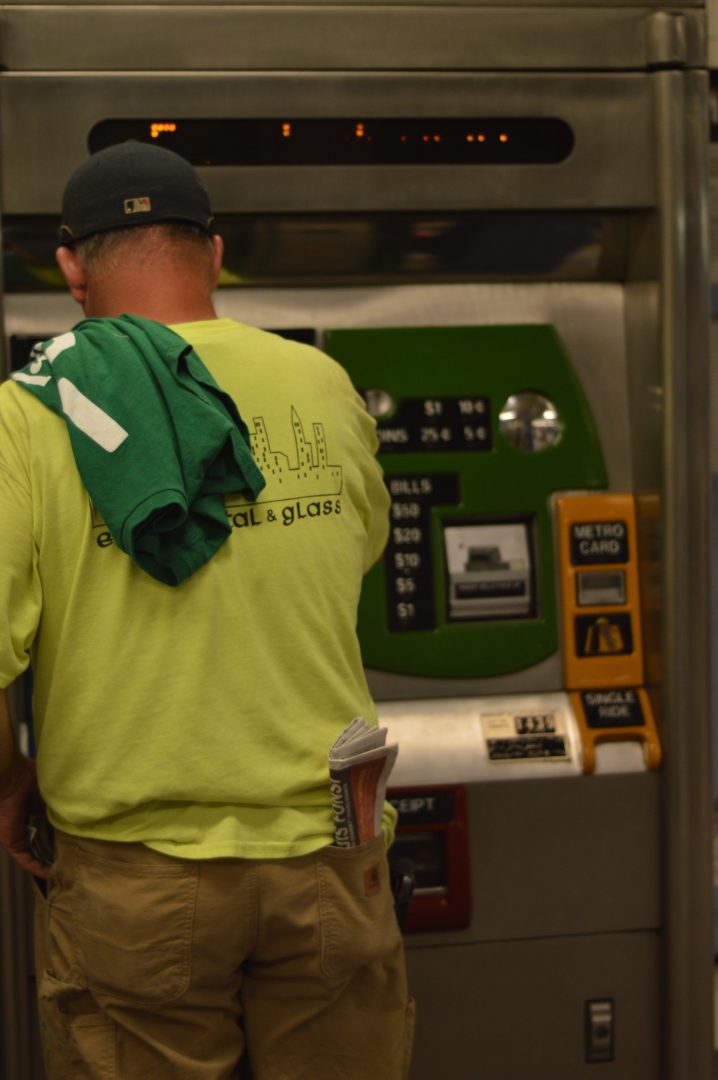Frequent MTA Hikes Unfairly Affect Commuters
September 9, 2013
Free MetroCards for New York students are a nostalgic thing of the past. In high school, I took them for granted; now I have to shell out $5.00 to get to and from school. This added expense would not be as big of a deal if the Metropolitan Transportation Authority (MTA) hadn’t announced on July 24 that they plan to keep increasing prices over the next decade.

Just this past year, the MTA hiked up the cost of MetroCards by 50 cents per ride and raised the price of unlimited monthly cards from $100 to $112. Fare increases aren’t ending any time soon, as the MTA announced that their budget plan accounts for additional hikes in 2015 and 2017. The MTA claims that these biennial increases are necessary to cover the costs of “rising long-term debt payments and soaring pension and health care expenses.” Unfortunately, at the rate at which prices are rising, each ride will most likely cost $3.75 and each monthly card will be $168 by the year 2023.
While slight increases every two years may seem insignificant at first, they burden commuting college students in the long haul. As a commuter at Fordham, I have to pay for college-related expenses such as textbooks in addition to providing my own transportation. The new MTA fair hikes put a dent in the extra money I usually spend around campus and out in the city. Instead of grabbing dinner at a new restaurant in Hell’s Kitchen or pre-ordering the latest novel at Barnes & Noble, I have to set aside an extra $12 a month for transportation.
These price increases are not exclusive to New York City. Cities like San Francisco and Philadelphia have already begun increasing their fares on the Golden Gate Bus and Ferry and the Southeast Pennsylvania Transit Authority (SEPTA). This nation-wide trend does not take the budgets of most commuting college students into consideration.
The MTA is the most popular means of transportation for Fordham students. With the closest subway line only a block away, nearly half of the student body at Fordham College at Lincoln Center (FCLC) use public transportation on a daily basis. The MTA hikes will make getting to school more difficult for those students who are not as financially stable as others.
One of the main reasons why students choose to commute is because it is cheaper to go into the city via subway than it is to live in Manhattan or drive a car. Public transportation will no longer alleviate the added expenses of Manhattan if commuters are forced to pay for pricier MetroCards.
The MTA is taking advantage of New Yorkers because they realize that commuters will have no choice but to shell out the extra money, as there are no other affordable means of traveling. Granted, most of us will have graduated by 2017 but that doesn’t necessarily mean that the price increases won’t affect us. If we choose to live in the city post-graduation, these continued hikes will not only continue to affect our present but will, without a doubt, also haunt us in the future.











